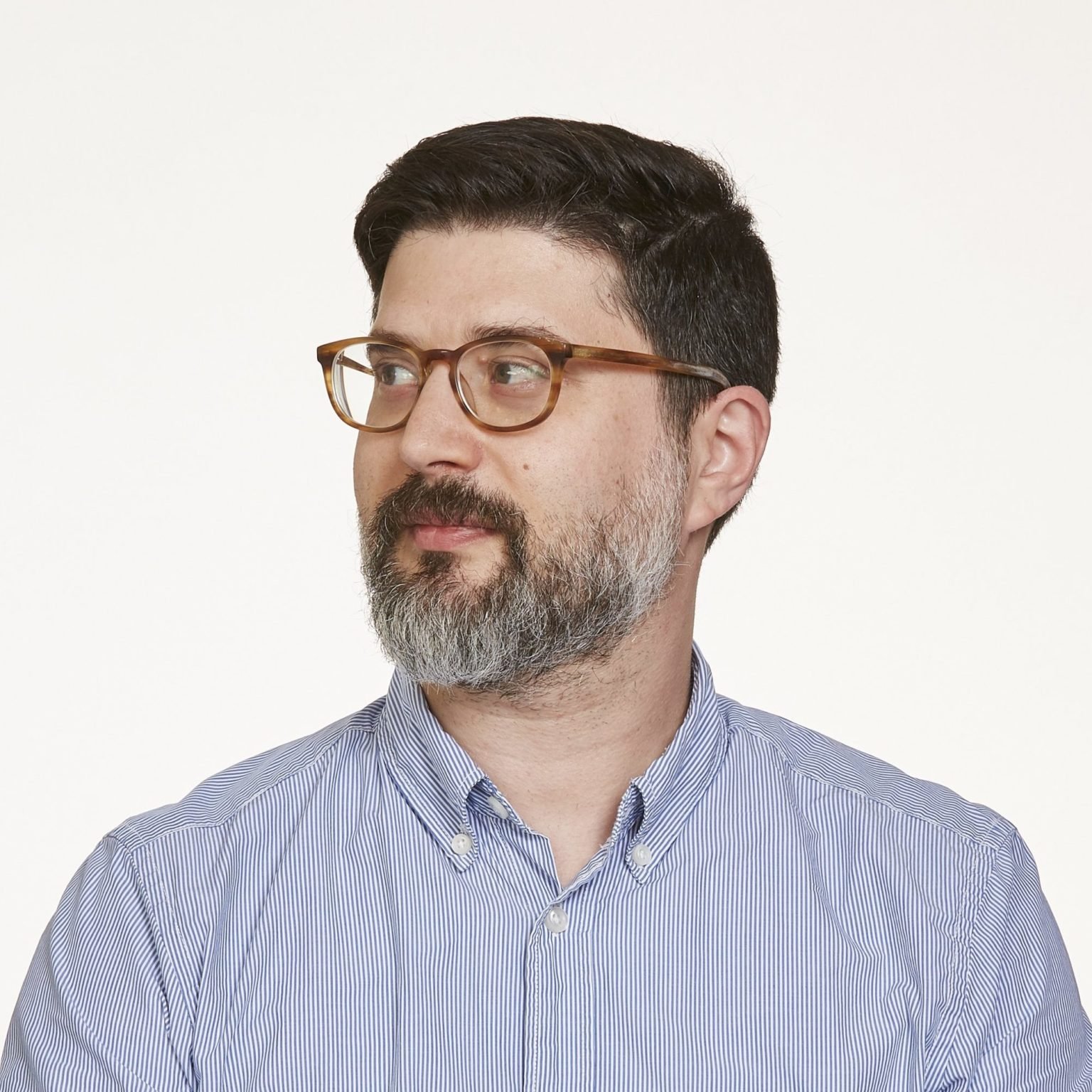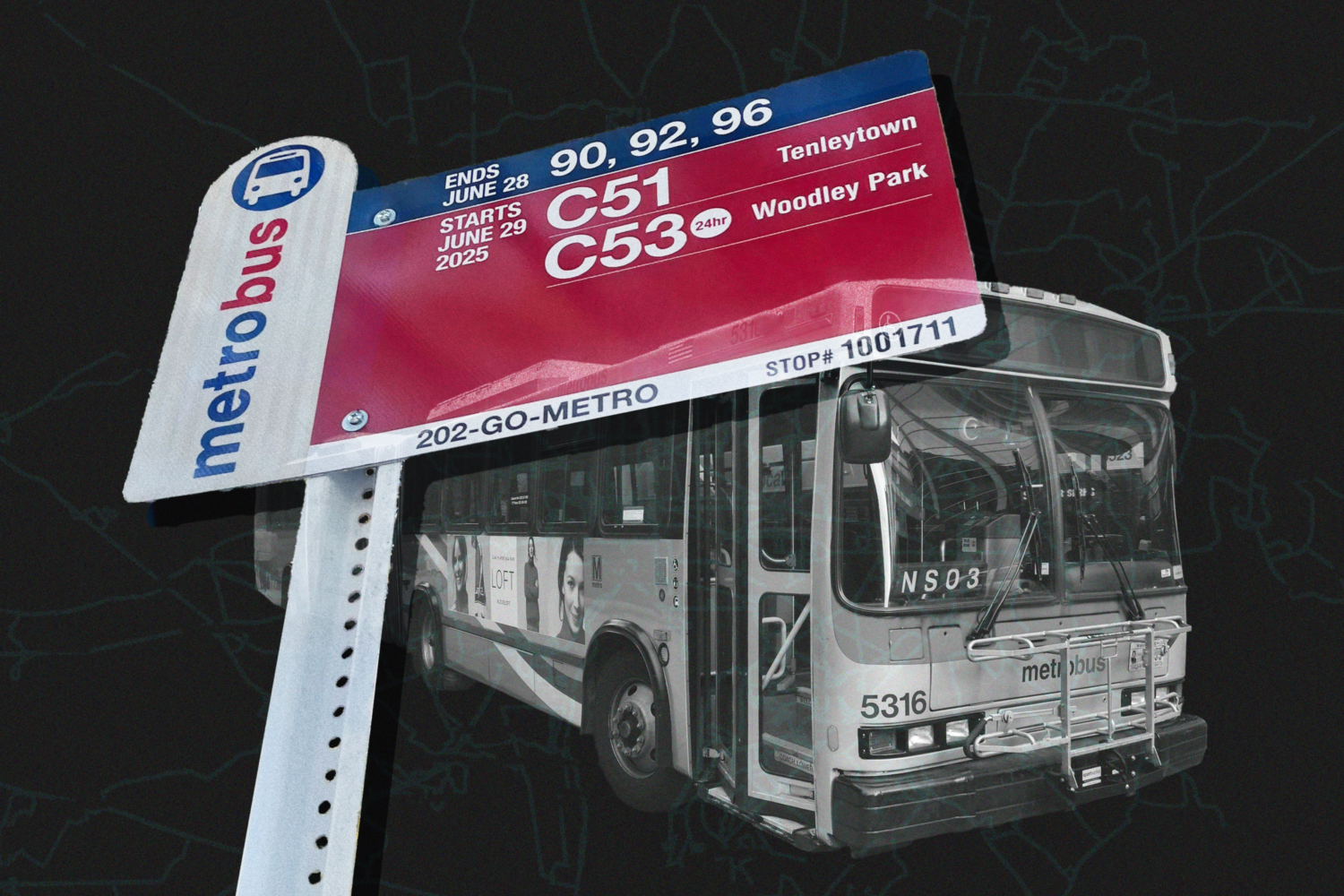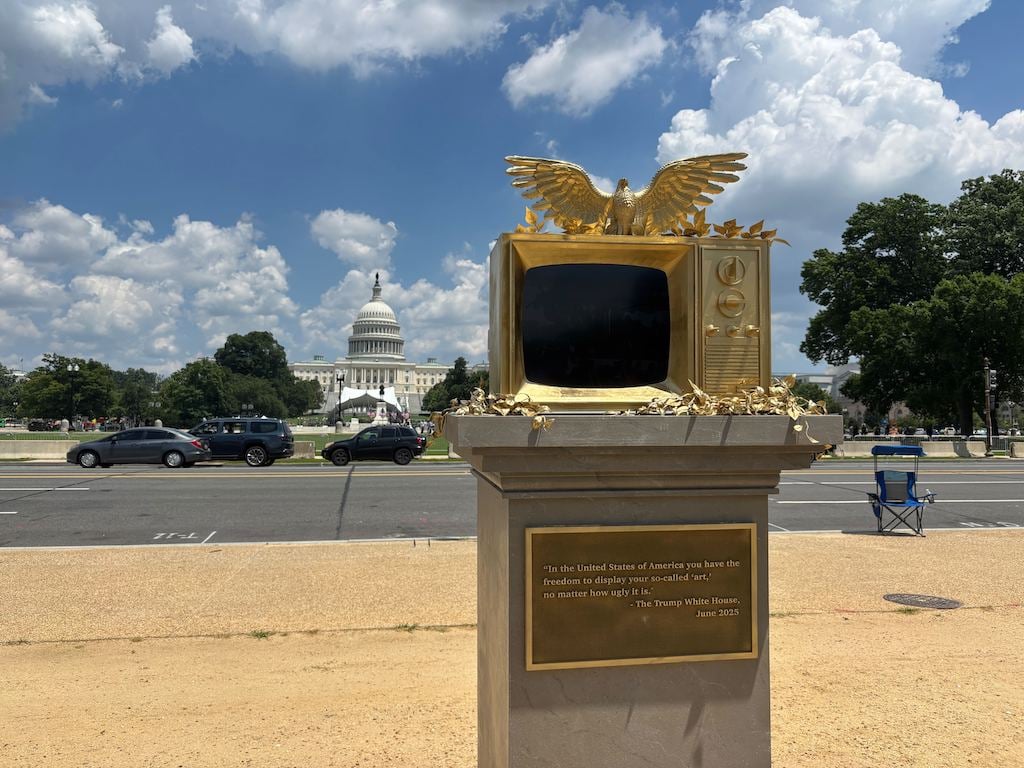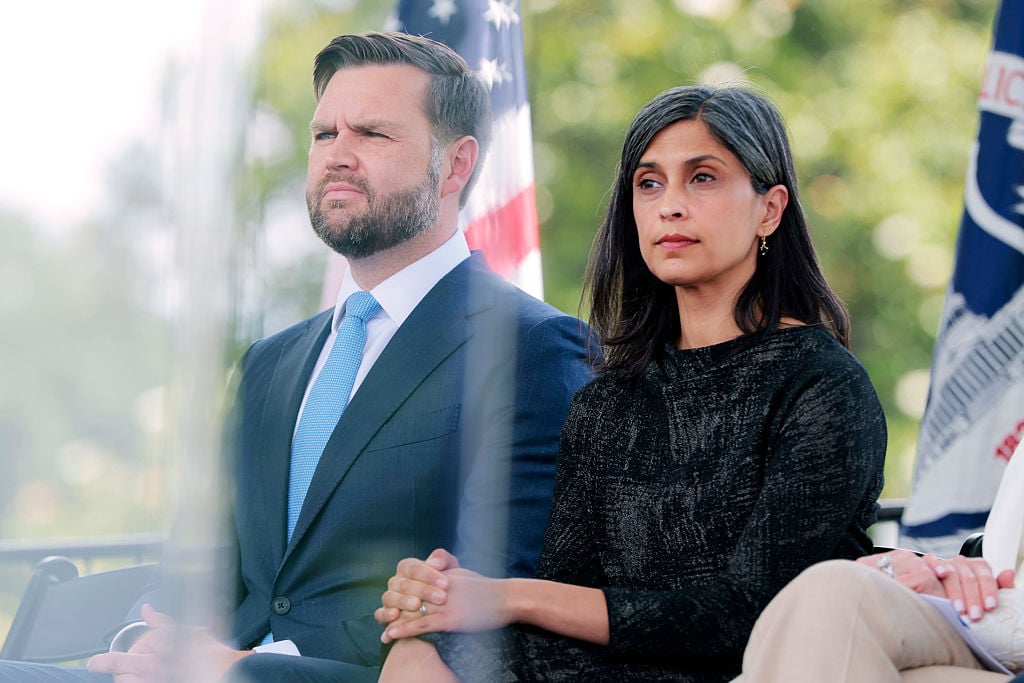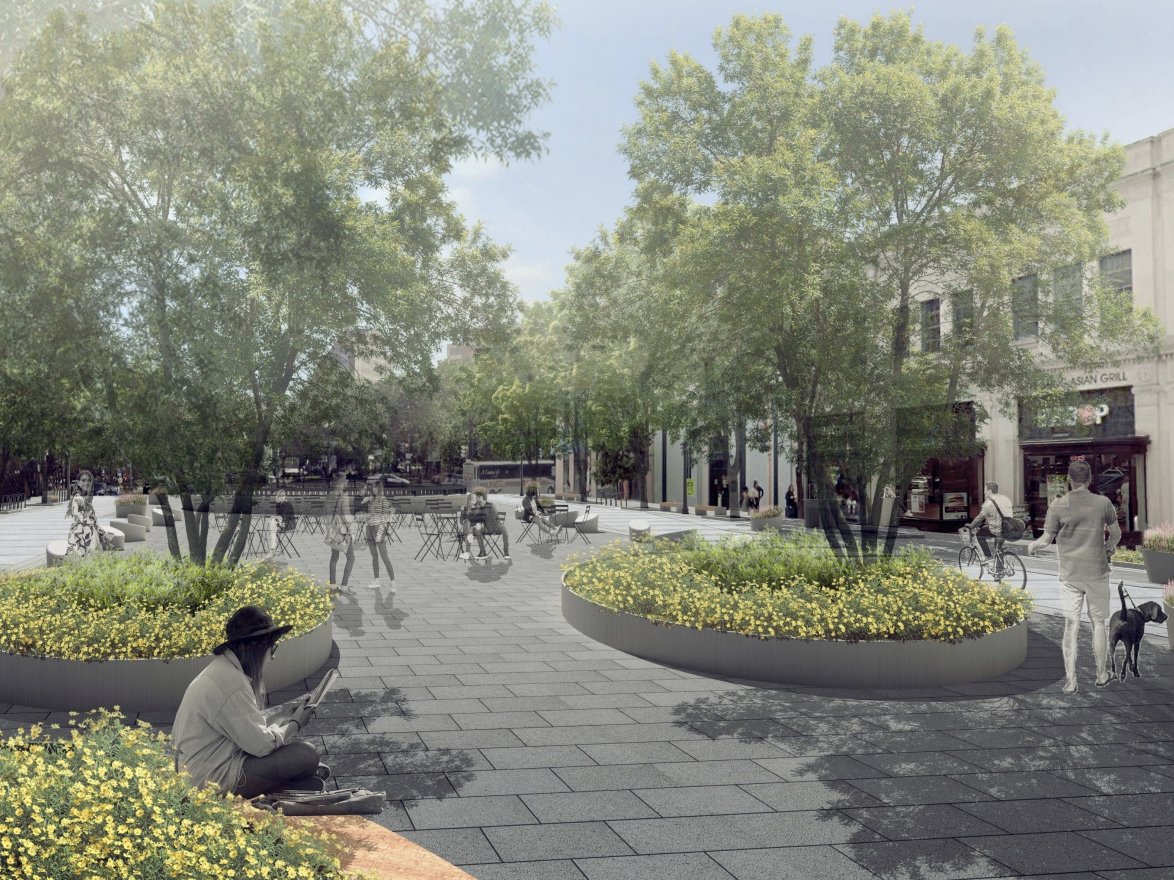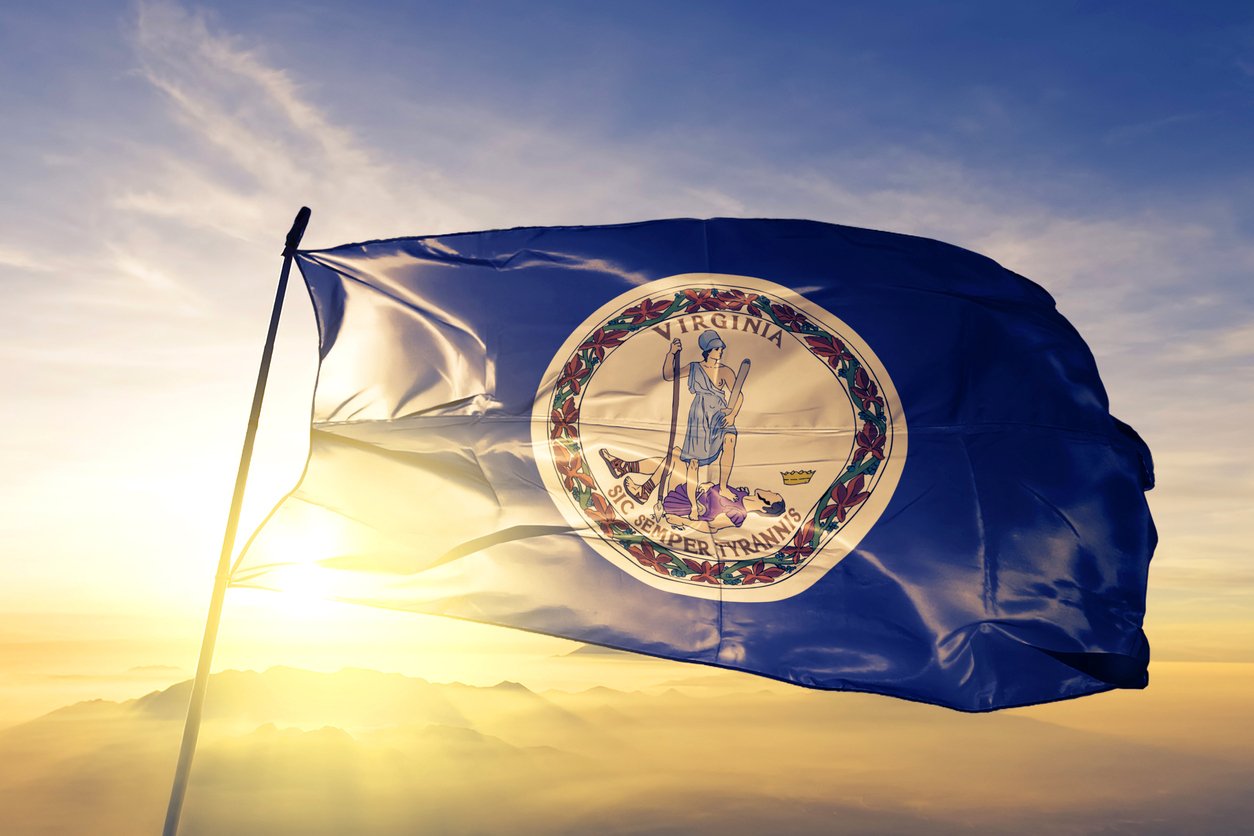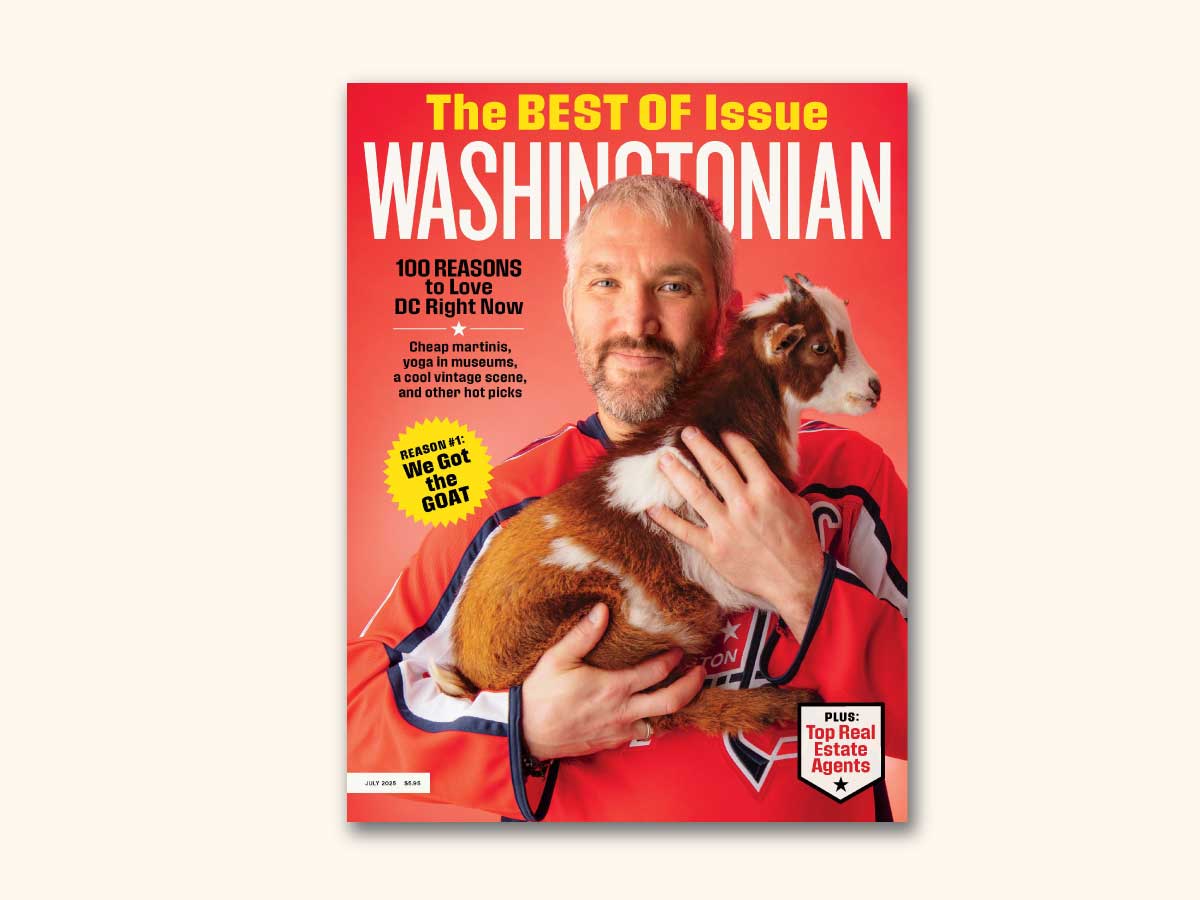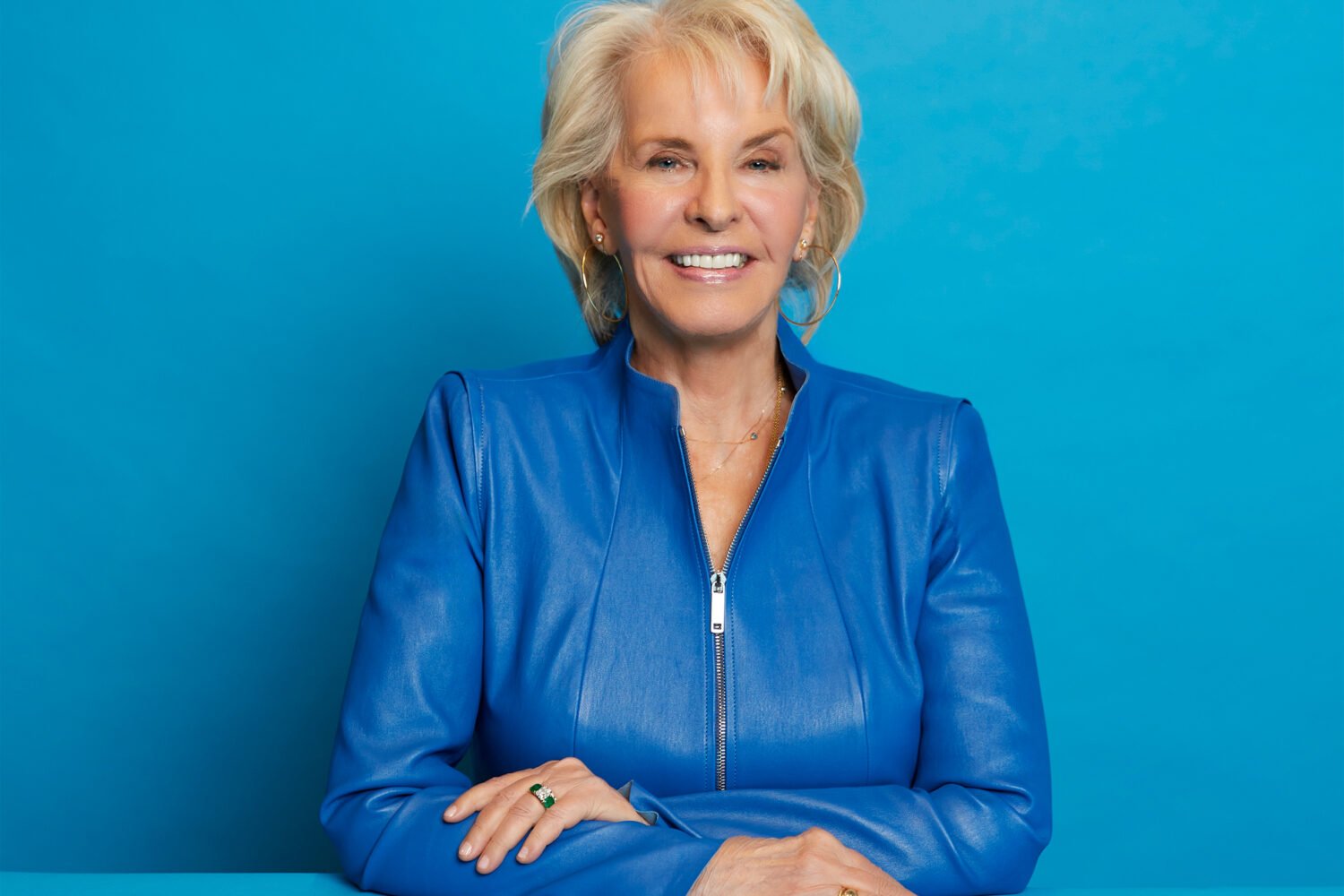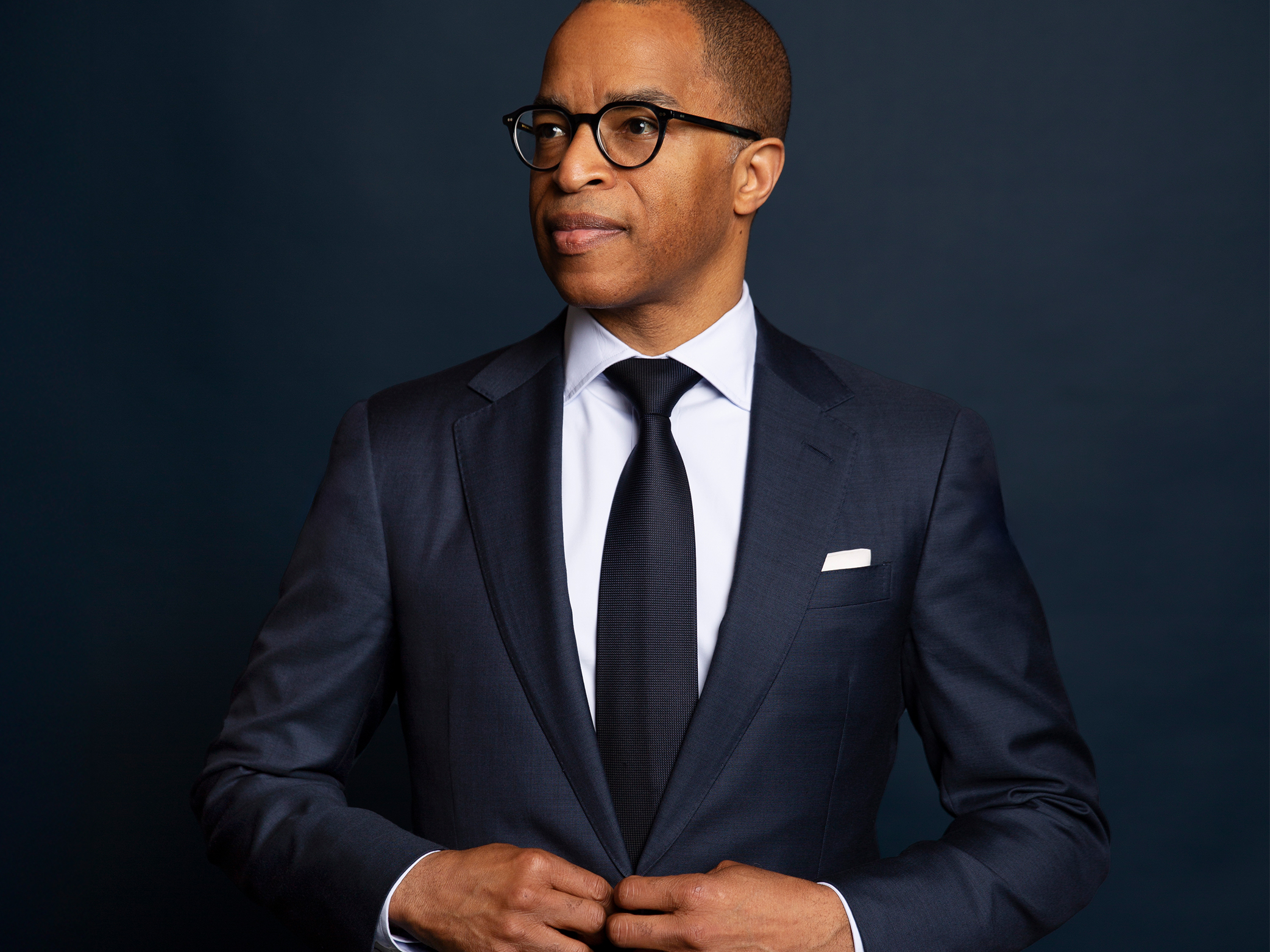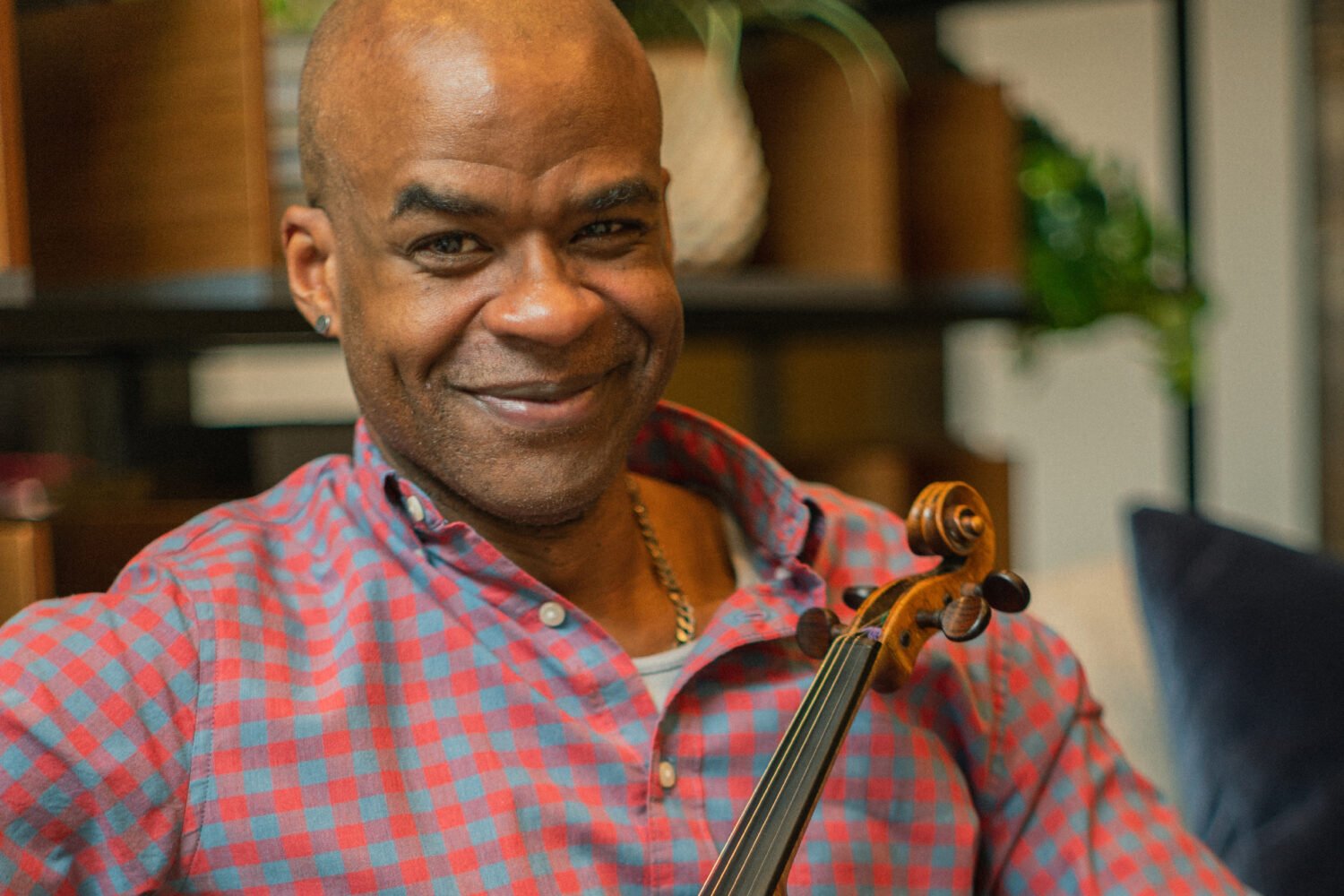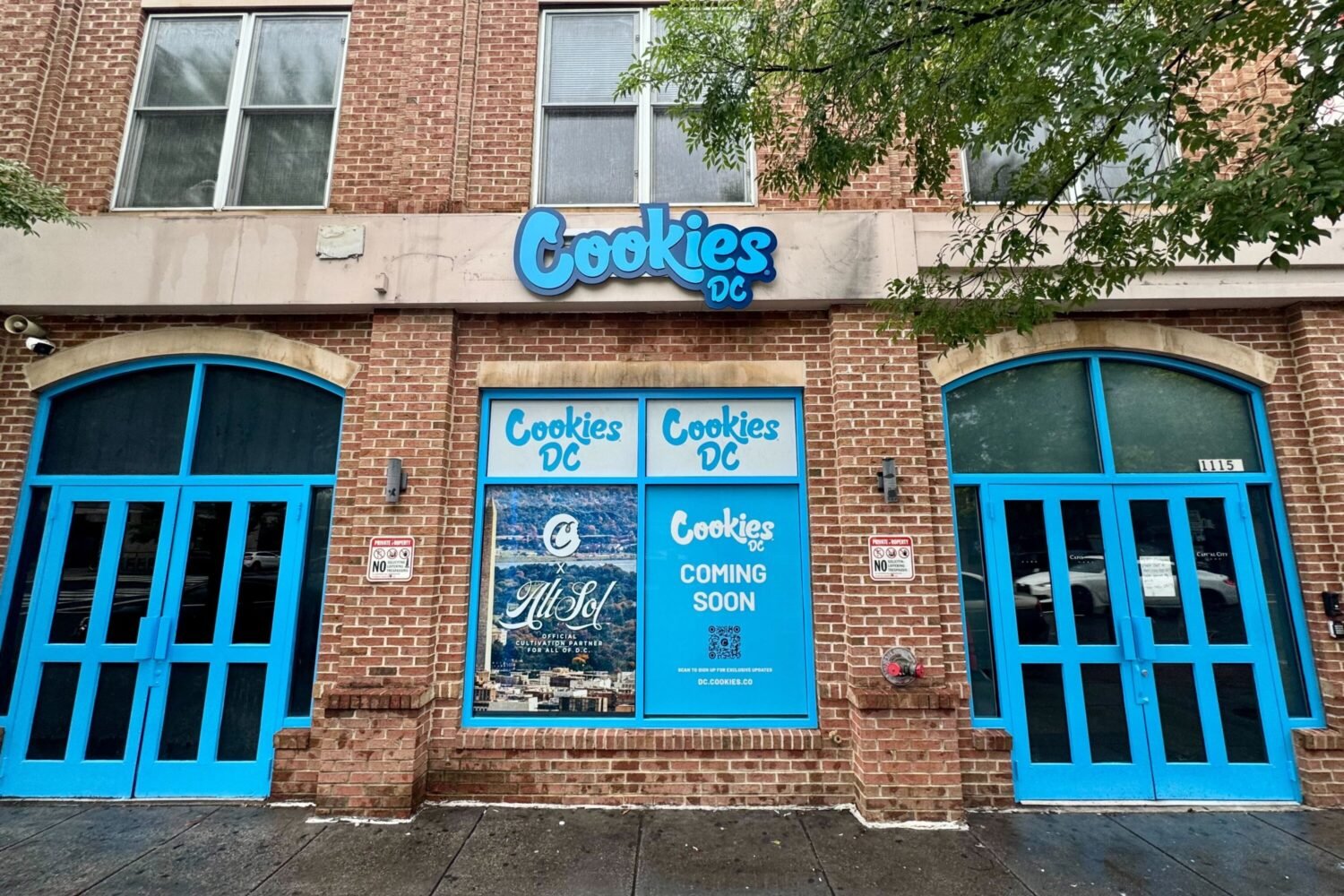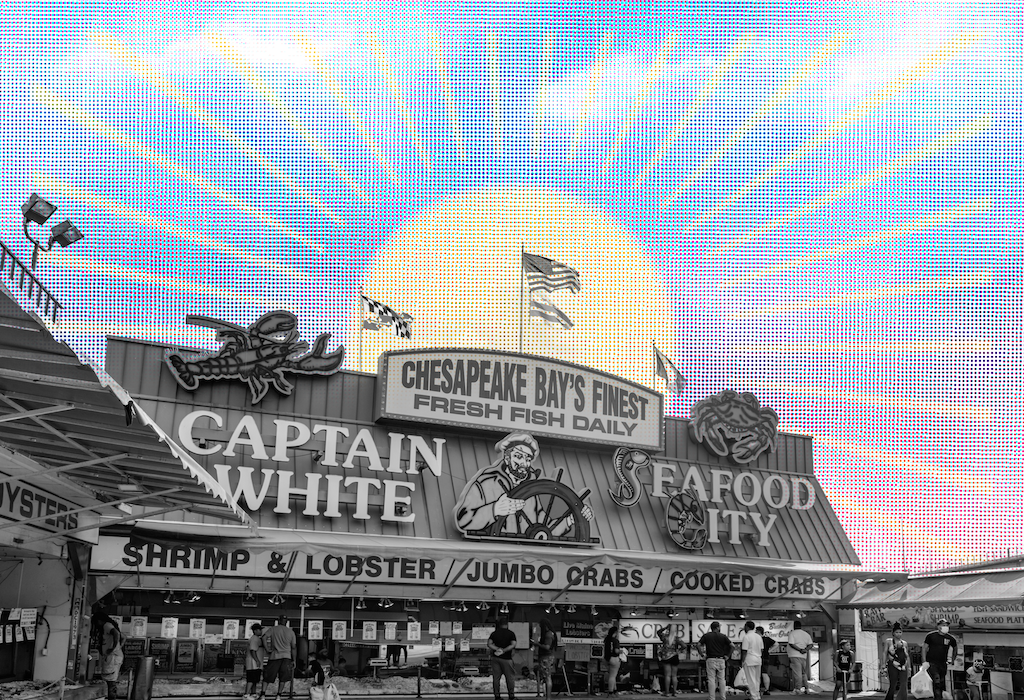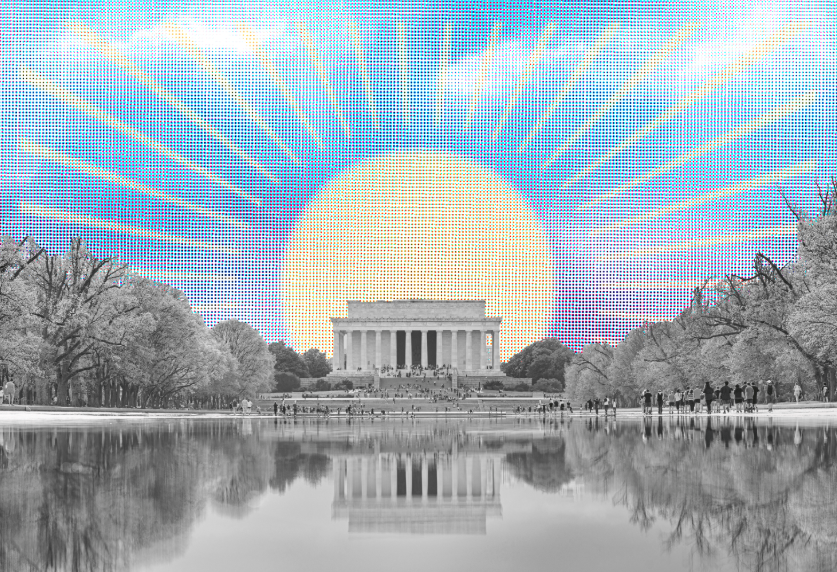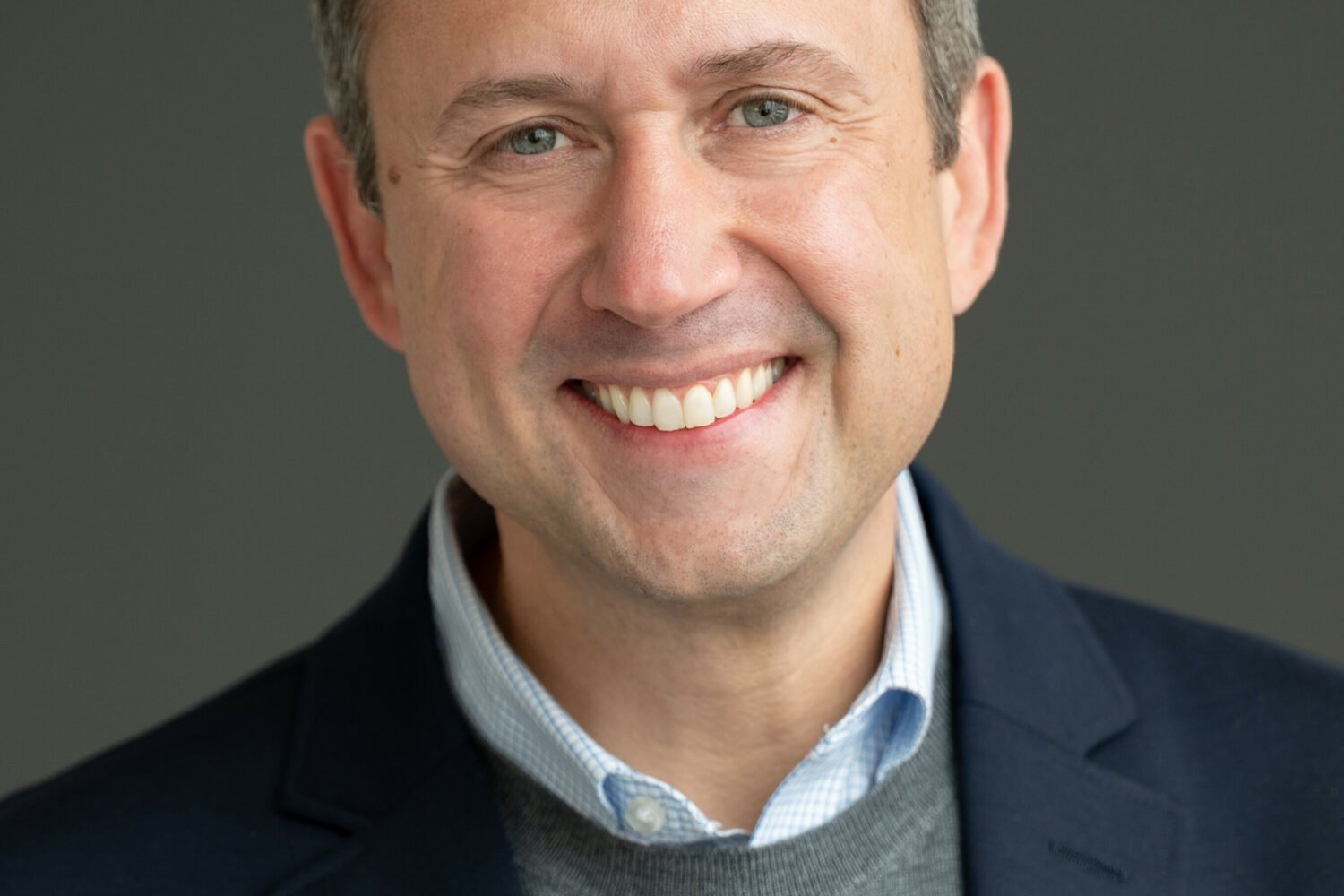Inside the freshly reopened National Gallery of Art one recent Thursday afternoon, the rooms thrummed with low-key energy as a not-insignificant crowd soaked up a year’s worth of missed sensory experience. Along with all of the art, visitors were treated to a look at the museum’s much-touted rebranding: a new logo, fresh signage, and a surprisingly vivid color palette, all crafted by the top design firm Pentagram. The effort signals a broader shift in approach for the museum, including a new mission statement (“The National Gallery of Art serves the nation by welcoming all people to explore and experience art, creativity, and our shared humanity”) and an emphasis on diversifying the collection. The changes are being spearheaded by director Kaywin Feldman, who started at the museum in 2019 after stints running the Minneapolis Institute of Art and other institutions.
Feldman’s office is a soothingly beige space in the East Building, with a postcard view of the nearby Capitol. The muted tones emphasize the room’s few pops of color. A visitor’s eye immediately jumps to the painting she’s chosen to adorn the wall above her couch: Ed Ruscha’s bright-hued “I Think I’ll . . . ,” which depicts phrases like “MAYBE I’LL . . . ” and “ON SECOND THOUGHT.” Why that work in particular?
“I knew I would be in decision-making mode,” she says. “And I do like the colors.”
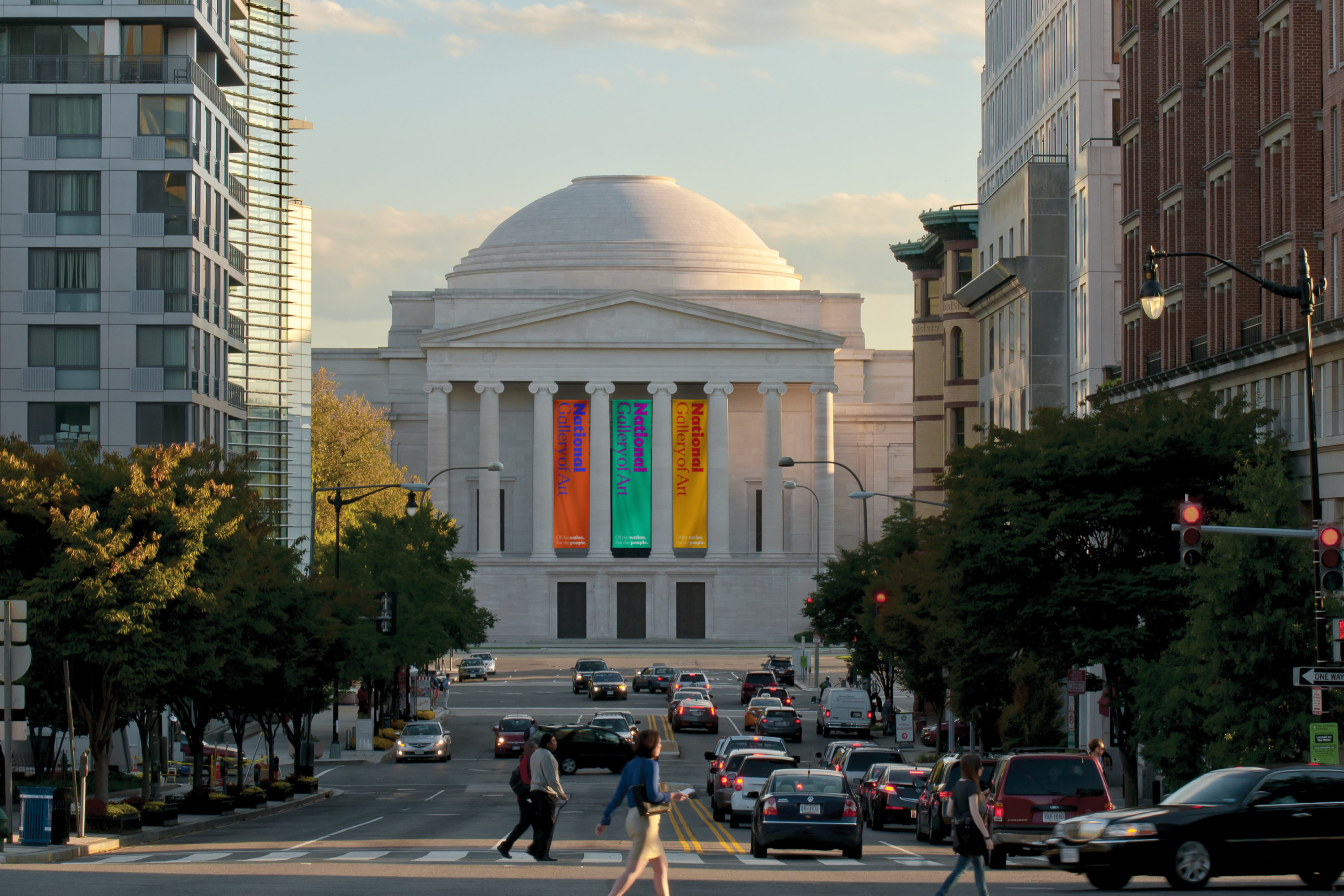
What message are you trying to covey with the rebranding’s super-bright palette?
We often [think] back to our dedication ceremony in 1941, where President Roosevelt expressed that the purpose of the gallery was to celebrate the human spirit. He said that during World War II, and I find it moving that at one of the lowest moments in the world, he recognized that. The color palette, I think, is the most surprising part [of the rebranding]. We’re a pretty beige and gray institution, but we are an art museum. If we can’t use color, who can? We wanted bold signage outside to announce who we are and that we’re an exciting place to be. Prior to this brand, anyone could write our name any way they wanted to, using any font. We weren’t speaking with one voice. We had, like, five versions of a map of our facility going simultaneously.
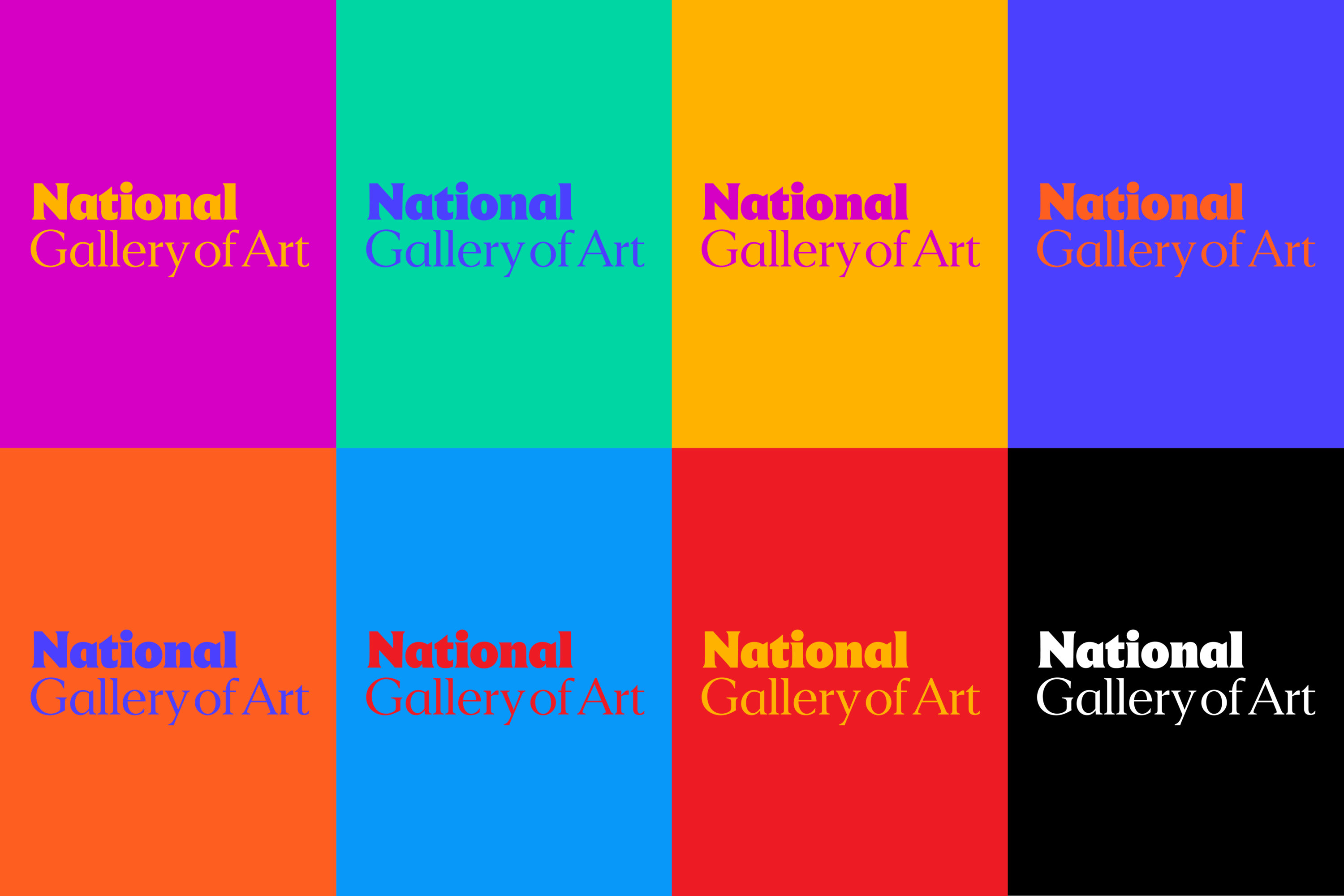
The new logo boldfaces the word “national,” but not “gallery” or “art.” Why is national-ness the thing you want to emphasize?
It’s what makes us unique—that we are the only national gallery here in the United States. When I was hired, I was given one clear mandate from the board, which was to put the “national” back in the National Gallery. The bulk of our funding comes from the American taxpayers, so we owe it to them to give them the greatest art experience they can have. And the nation is a very diverse place. We want to focus on the great richness of the diversity of the American people and better reflect the nation.
By your own accounting, the NGA’s art collection is around 92 percent male and 97 percent white. How did that happen?
I actually looked back: When the gallery was founded in 1941, America was [almost] 90 percent white and [close to 10] percent African American. It’s by 1970 that demographics in America started to really change, and museums didn’t realize that demographics were changing until about the late ’90s. As a field, we were just way too slow to realize that America was changing. There is a particular challenge for [the National Gallery] because we only show European and American art. That automatically narrows the collecting purview. In earlier periods, it just wasn’t a consideration to collect work by women artists or artists of color. But we are working hard to acquire more works.
How do you do that? What’s involved in identifying the art that belongs in this museum and acquiring it?
[NGA founder] Andrew Mellon put in our charter that our collection had to be of the absolute highest quality. And unlike most museums, we don’t deaccession from the collection. Those two things mean that when we look at a work of art for the collection, we really, really make sure it hits a high bar of excellence. Now, what changes is the definition of excellence.
So what is your definition of excellence?
It would be something where the artist has mastered their technique, the composition of the work of art is powerful, it feels like an original work of art, and it’s something that can speak across time and place to people.
You mentioned deaccessioning, which is when museums sell off parts of their collection to raise money. The Association of Art Museum Directors has long had a policy against that, but it has, controversially, relaxed the policy during the pandemic. What is your take on that debate?
The [National Gallery] doesn’t do it. It was part of our founding idea that we would be so careful about the works of art we brought into the collection that they would remain here in perpetuity. So it’s not an issue that necessarily pertains to us. But I’ve worked in small, medium, and large museums across the country. I’ve been a director for almost 30 years now, and I’ve been through a financial crisis pretty much every other place I’ve worked. I have not been in favor of deaccessioning to use the proceeds for operations. But I really have to stress that I understand museums have different circumstances.
Why is selling parts of the collection such a taboo in the museum world?
The collection is the lifeblood of the institution, so if you start plucking works out, you lose what’s at the heart of what you do. And, you know, if you really need money, you’re not going to sell the insignificant work in the drawer—you’re going to sell the van Gogh. Only the most prized works of art would bring enough money to pay the bills, so you’re starting to remove the gems from the collection. There’s also a real concern about decreased donor confidence. Why would an artist or a patron give their great work if they think that in a few years you might sell it to pay bills?
But if there’s a collective goal now to address the diversity issue, and a lot of museums don’t have money to do that, doesn’t it make sense to sell some art to accomplish that?
It’s not anything I’ve done where I’ve worked or that I see the gallery doing, but I think it’s up to each institution.
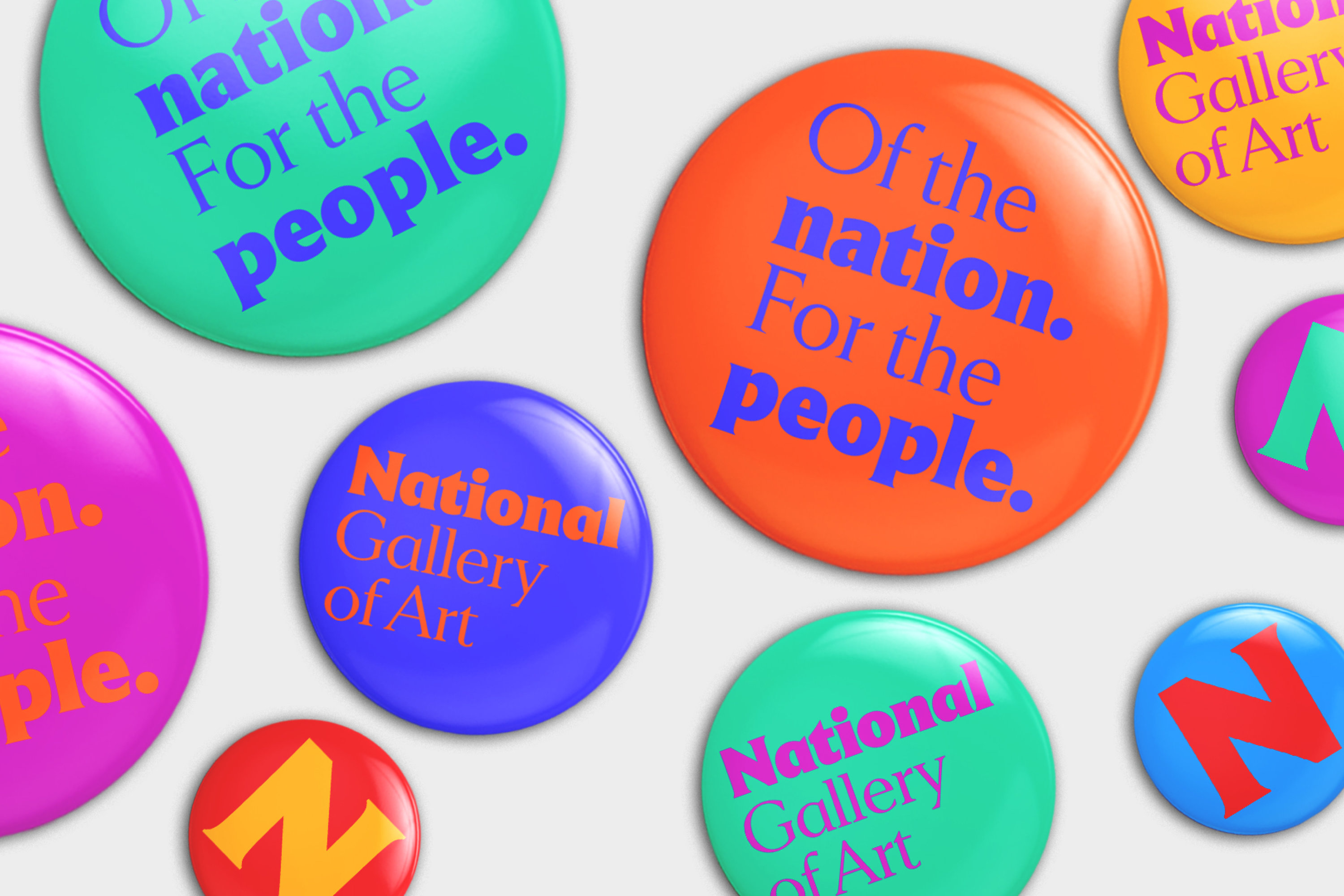
What role do you think art museums—and the National Gallery in particular—have in addressing the cultural moment, whether through choices you make with acquisitions or the exhibitions you put on?
I don’t think partisan politics necessarily have a place or a role in art museums. But art is the story of the human lived experience, so it’s going to be filled with pain and trauma and war and hurt, as well as joy and beauty and redemption. It’s the whole spectrum. You can’t ignore that people are at the center of what art museums do, so of course people are going to feel strongly, one way or another, about the works of art, about the exhibitions. Sometimes it drives me crazy. Most of the time, I think, “Thank goodness people care.” It’s why art museums still matter today. We’re relevant because art is always the expression of what it is to be human.
“I’m not a coward. I will always defend the institution and our values and the reasons why we do things.”
One of your most talked-about exhibits in recent memory was one that didn’t happen: the Philip Guston show that was postponed last year because of concerns about how best to contextualize the Ku Klux Klan imagery in his work, even though he was using those images to criticize white supremacy.
It was a difficult process because there were four museums involved and we all had different reasons and challenges with the exhibition. In the past, museums sort of assumed that their audience was homogenous and came from the same perspective. Now we’re understanding that our audiences are more diverse in every way: age, life experience, background. So we realized we need to slow down and be more thoughtful in presenting the Philip Guston show. We’re including all of the more challenging works of art that we’d planned to show from the beginning; nothing’s being removed. But we’re going to think about how we present it and help the frontline staff think about works of art that can cause people to feel trauma or experience uncomfortable things. We’ll provide training for our staff in how to work with visitors in those circumstances.
The postponement got a lot of criticism. I assume you saw the open letter that was signed by more than 2,600 artists, including some very prominent Black artists. I’m going to quote a little bit from it: “The people who run our great institutions do not want trouble. They fear controversy. They lack faith in the intelligence of their audience.” Do you fear controversy and lack faith in the intelligence of your audience?
Absolutely not.
So why do you think there was that kind of outcry?
I think they were assuming we were criticizing the artist, which is not the case at all. All of us respect and admire Philip Guston. He is one of the most important American artists, and hence, we are continuing with the show. The mistake we made was announcing we were postponing the show for four years. We just did that because of Covid. We didn’t know when our institutions would be past Covid and able to have the conversations we need to have. You can’t have them over Zoom; you need to be in the same room. But still, it was a mistake because the people who signed the letter and others assumed we were just pretending it was postponed and we were really canceling it.
What did it feel like to be in the center of that?
I’m not a coward. So, you know, I will always defend the institution and our values and the reasons why we do things. I believe that the institution has to have empathy for the viewer and the visitor.
The museum was closed for much of the last year due to the pandemic. Have you spent time here by yourself roaming the empty halls and looking at art?
I’ve come in pretty much every day. It really gave me energy to come in the doors and chat with our [essential-worker security and maintenance] staff. And then obviously, to go see the collection of the National Gallery of Art by yourself is an extraordinary privilege. We didn’t turn the lights on, so you just get the filtered light from the skylights; it’s so still and quiet. It also made me sad because the works of art come alive with people. They looked very lonely in the galleries.
Did you have a particularly memorable moment?
Coming in after the January 6 attack on the Capitol was really hard. I was sitting at home getting ready to write one of my all-staff messages, and I turned to my husband and said, “I’m empty. I just can’t find it in me anymore to find my joy and optimism.” Then I came in here. Walking into the atrium of the East Building, it’s so much like a cathedral—you can’t help but feel sort of centered. It’s a spiritual place. Our team members were installing [artwork by] Sarah Cain. Seeing a contemporary work of art come alive right before me, I was 100 percent restored. It reminded me of why we do what we do. And I came up [to my office] and wrote my message because I was filled with the spirit of the work.
Photographs and renderings courtesy of National Gallery of Art.
This article appears in the July 2021 issue of Washingtonian.


